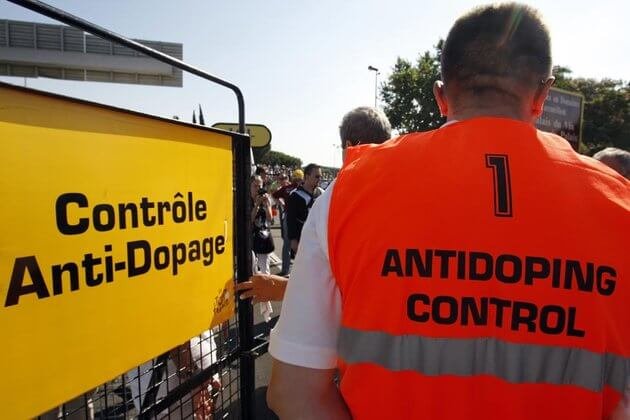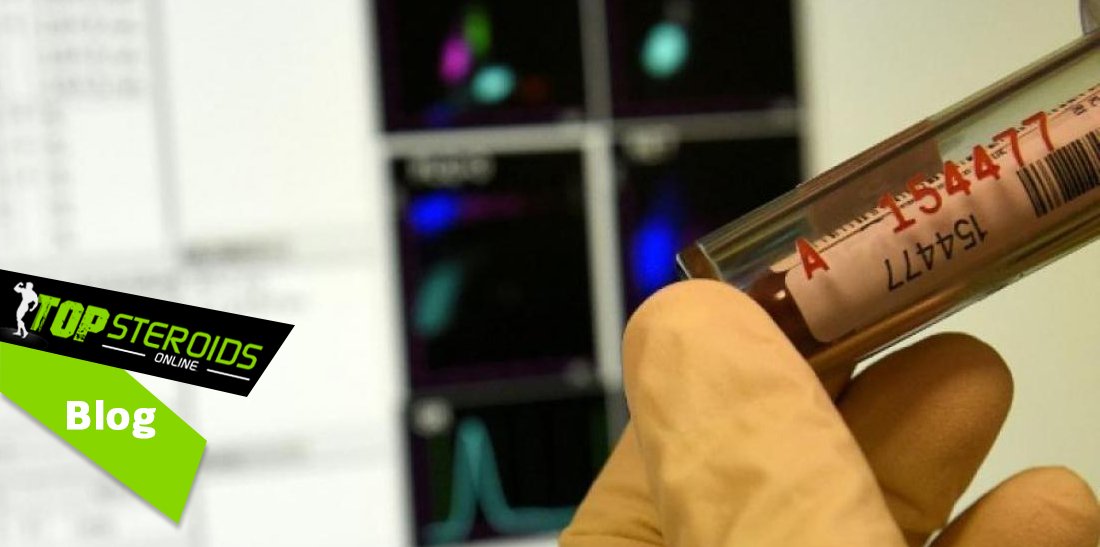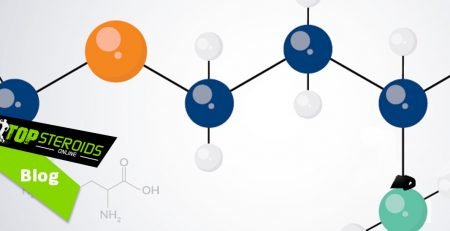Are all sports supplements detectable by doping tests?
Since the origin of sports, athletes have always looked for ways and means to improve their performance. In this quest for performance, athletes use food supplements and even medical products. This practice is not recent, it dates from the beginnings of athletics. The ancient Greeks and Romans used herbs, mushrooms, poppy seeds and stimulants such as strychnos to get stronger. This term then evolved and was used a lot in the world of racehorses.
Nowadays, food supplements and performance enhancing substances like hormones synthetics have become essential in the world of sport. The thirst for victory of some athletes pushes them to use very powerful substances capable of giving them superhuman strength sometimes even at the cost of serious adverse effects on their health. It is with this in mind that the various sports federations around the world have agreed to set up a list of prohibited substances and methods which is updated every year. L'AMA (the World Anti-Doping Agency) is responsible for developing and updating this list.
Today doping is defined as the use of prohibited methods or substances appearing on the list established by the World Anti-Doping Agency. What measures are taken by sports federations to ensure that athletes cannot use the methods and substances listed by the World Agency? Anti-doping ?
How did we arrive at the doping test?

In the four corners of the world, there are anti-doping agencies which most often test athletes during competitions. But athletes can also be tested during training or even at their own home. The control is carried out according to the rules of the World Anti-Doping Code and according to international standards. The most common test is the urine test ; it is also possible that in some cases the test is blood.
The basic objectives of doping tests are:
- support and preserve thesports ethics
- save the physical and psychological health of the players
- ensure that all competitors have an equal chance.
The new definition of doping means that the manufacturers of substances and food supplements are constantly innovating by bringing to the market new products allowing to have results as spectacular as those of banned substances. Sometimes these new substances are even more effective than anything on the market in the past.
The doping test is a thankless task when the new strategy becomes the flaw of tomorrow:
The results of a study carried out by a team of nine researchers from the universities of Tuebingen (Germany) and Harvard (United States) on doping in athletes sows doubt on the effectiveness of doping tests. Indeed this study was held in 2011 during the Doha Pan-Arab Games and worlds from Daegu where researchers randomly and anonymously interviewed 2,167 athletes in total.
At the end of the surveys, 45% of the athletes who participated in the Pan-Arab games and 30 % of those who participated to the worlds claimed to have at least once used substances and methods banned by the World Anti-Doping Agency when only 3.6% athletes from Pan-Arab games and 0.5 % for the worlds tested positive.
These results are absolutely puzzling, but not surprisingly, the list of banned from the World Anti-Doping Agency is not exhaustive. Manufacturers will always find new substances and better ways to cover them up. On this point WADA will always be late. On this issue, the organizations in charge of doping controls are aware of the fact that their control is not infallible at 100 %. The example of the incident that occurred with Russian athletes in 2015 only confirms the suspicions. Russian athletes were therefore able to bypass the system from 2011 to August 2015 by exchanging positive samples before testing.
Many doping products still go unnoticed. The results of the surveys carried out during the 2011 games prove it. The percentages of the results would certainly have been higher if all the athletes had participated in the survey.
Athletes are always looking to go beyond their limits. Always go further, push back your limits. And today, the strongest athletes are not necessarily those who play by the rules, but rather those who are better informed.
Share this post
Laisser un commentaire
You must be logged in to post a comment.











Comments (3)
What about SARMS? Are they easily detectable?
Yes, they are easily detected. Otherwise everyone would have flocked to SARMS.
Still, the business around certain sporting disciplines is not as stellar as doping. Pushing athletes to get these products. The film with Will Smith, "Alone against all" on the middle of American football says a lot about the tragic aspect of top athletes in particular.